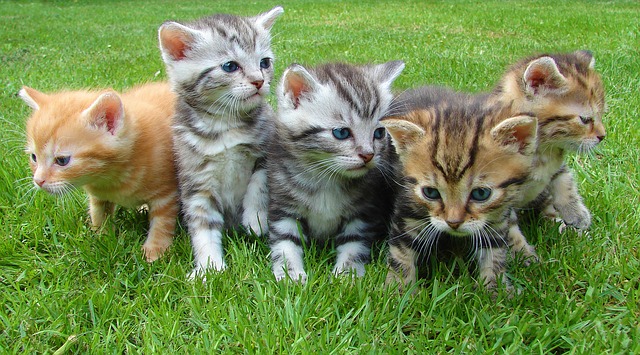Using artificial intelligence (AI) for content creation is already a reality.
AI is a versatile set of various methods. As you probably know, modern AI is largely based on machine learning (ML).
One particular branch of ML has found its use in many areas, especially for solving complex tasks, such as different types of content generation.
This branch is called deep learning. Deep learning is almost always based on so-called deep neural networks.
These days, deep neural networks can generate images, music, text, and other types of patterns.
So, let’s dive deeper!!
Generative modeling
All tasks of deep learning can be divided into two classes of techniques: descriptive and generative modeling.
Descriptive modeling is all about pattern recognition. Instead, as the name suggests, generative modeling deals with generating new patterns or data.
Content creation or generation using artificial intelligence is mostly about using generative modeling based on deep neural networks.
There are many approaches to generative modeling.
Convolutional neural nets (CNNs) are now the most common neural networks. They can, for example, classify images.
There are also so-called inverse convolutional nets or deconvolutional neural networks (DNNs). And DNNs are mostly in use for pattern generation.
One approach to generative modeling is a relatively new method, called generative adversarial neural networks (GANs).
A generative adversarial network consists of two separate neural nets trying to outsmart each other. And this constant competition leads to the gradual improvement of each of them.
One of these networks in a GAN is called a generator and represents a DNN. A generator generates images which are then fed into another neural net called a discriminator. A discriminator tries to decide whether the images are fake or real. So, through this iterative process, both networks are getting better at what they’re doing.
Images
State-of-the-art GANs can produce photo-realistic images. In addition, GANs can produce even pretty good videos.
With the help of deep learning, we can modify images. For example, researchers from NVIDIA recently developed a method that can edit, reconstruct, or simply change images with remarkable realism.
With the help of deep learning, we can also convert one type of content into other types. For example, image to text or vice versa.
Also, there is a technique for a style transfer. In this case, we can take some random image and applied to it a style of a given artist, for example, Vincent van Gogh. Why not?
Using this style transfer service https://deepart.io/, I applied van Gogh’s style to this image:

(In order to apply van Gogh’s style, I submitted one of his pictures)
As a result, I got this new image:

Maybe it’s not the best possible example of style transfer, but you got the idea.
Audio
Deep generative models can also successfully generate music and different types of audio.
For example, there are several software solutions for AI musing writing, including Magenta and Amper Music.
Deep learning-based speech synthesizing systems are also available.
Text
There are certain examples of AI software for text generation, for example, Wordsmith.
Today such AI systems help produce numerous pieces of written content. But most of the time, this content isn’t perfect and requires being edited by humans.
Assumingly, at its core, such types of software utilize some standard techniques of Natural Language Processing (NLP).
In text generation, recurrent neural networks (RNNs) are especially helpful. RNNs are suited for producing different pieces of sequential data, such as text, which we can view a sequence of words.
At the end of this post, I should say that Artificial Intelligence still doesn’t really understand the world. If it did, we would have artificial general intelligence – an ultimate type of AI capable of performing any cognitive tasks. Our brains are still far superior to computers at most creative tasks. But AI is steadily getting better at content generation.
So, what do you think of all of this? Can AI completely automate content creation in a foreseeable future? You can share your thoughts in a comment below.